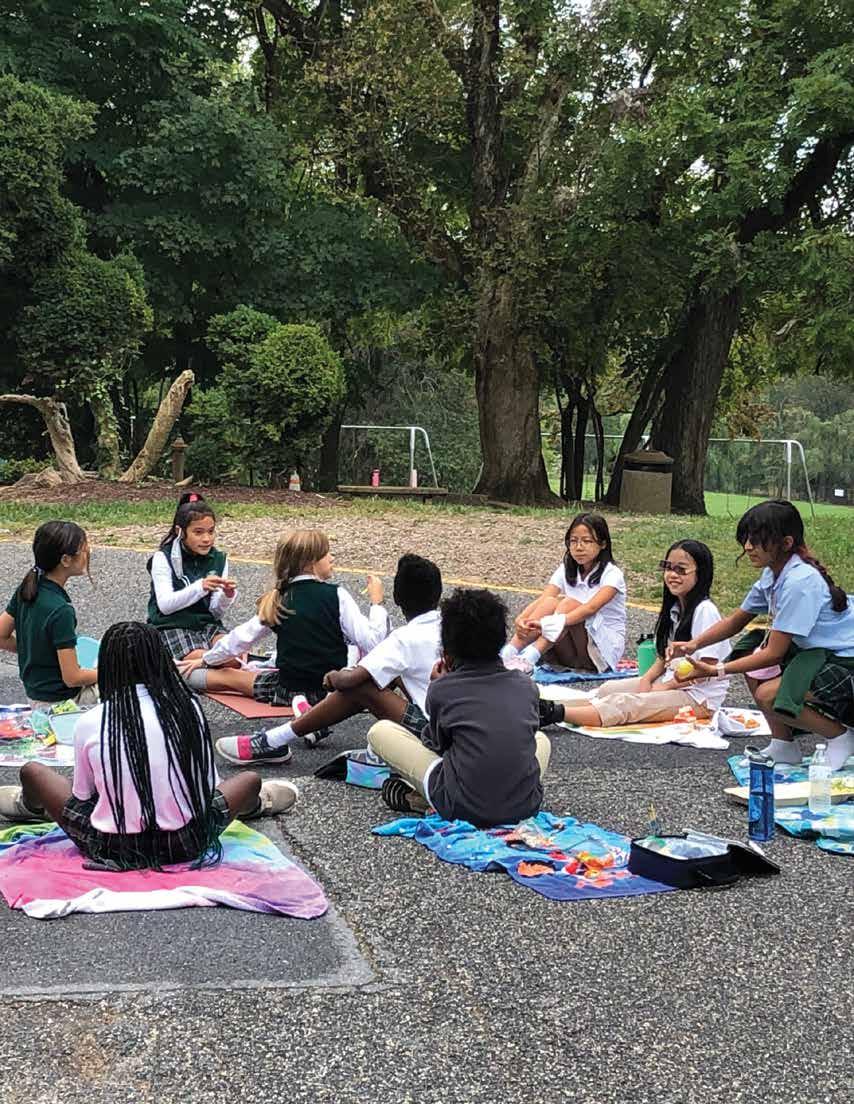
6 minute read
LOWER SCHOOL
ENJOYING THE MOMENT
IN THE LOWER SCHOOL, SMALL INTERACTIONS CAN MAKE ALL THE DIFFERENCE.
By Hilary McCarthy
INTERIM HEAD OF LOWER SCHOOL
Opening our doors and ushering students into a new school year always brings a sense of both trepidation and excitement. Questions about the new year and the challenges it brings are inevitable. This year, we also wrote pandemic policies and procedures, decided on universal masking, and came to terms with the disappointment of starting another year of school amidst a global pandemic.
Welcoming Lower School students as a wholly unvaccinated population with the Delta variant of COVID-19 proves to make the beginning of the year less predictable than ever. It takes an immense amount of time, effort, and focus, giving adults anxiety as health and safety are more paramount than now.
We could, as a community, focus our attention on what this year might not be. Back to School Night moved to a virtual platform. Assembling as a division is nearly impossible with social distancing requirements. Students are eating more than three feet from their peers. The list goes on and on.
Yet, a few moments shift my perspective from the difficult things we will continue to do and what we will need to ask our students to do to something miraculous.
Carpool is a beast at GCS, but a moment stands out. Last year, fifth-grade students didn’t participate in the time-honored tradition of assisting with carpool due to pandemic protocols. This year, the students were so excited to get started they coaxed their families into arriving early to be the first on duty. One morning, a student mentioned how chilly the morning air was that day. I asked him where his sweatshirt was, and he answered honestly, “In my backpack. Why?” before running to open the next car door. I felt a smile come across my face under my mask.
Serving lunch—an excellent way for me to connect with students—provided another memorable moment. One day, a bright voice says, “Hello, Mrs. McCarthy. How are you doing today?” I turn to see a fourth-grade student, eyebrows raised. He was genuinely asking how I was and was waiting for an answer, and it was heartwarmingly authentic.
Matt Walsh, Jennifer Schiller, Karen Wootton, and I bestowed Glens and Elgs t-shirts to new Kindergarten students. There is always confusion as the five-year-olds are handed a shirt and told they are a part of a green or white squad. They will soon understand the importance of the moment, especially as the All-School Relay approaches. Afterward, I asked the students if they knew what everyone was together? I called on a student, arm-waving, sure he knew the answer was “We are all Dragons.” With as much excitement as anticipated, he said, “I lost two teeth this week!” We were happy to celebrate his dental achievement, even if it was unexpected.
A tearful third-grade student came in. She was back from another challenging PE class. She was sure she would never be in the All-School Relay because she had only run 40 laps when some of her classmates had run 80. I carefully explained to her that this was not how relay runners were selected and her effort was what mattered. She wailed, “But I have asthma. There is no hope!” I told her she was beautifully human in the body she was given and because running laps was such a challenge, her effort was even more critical. Her tears dried, and she said, “You know what, I will keep trying,”
Moments such as these ground us in the present and allow us to be fully present. Our curriculum teaches students to hone in on the details of a small moment, use a mind’s eye to see beauty in an everyday occurrence and share through writing the celebration and exploration of those moments.
Each moment I experience here is humbling. From the laughter outside to my son’s Post-It note that reads, “Hi Mom.” From the Gaga pit to the pond and Forest Time and back, each moment reminds me that this is what school should be.
Being together, fully present, in the big and small moments, unite us as an amazing community. I am eternally grateful.
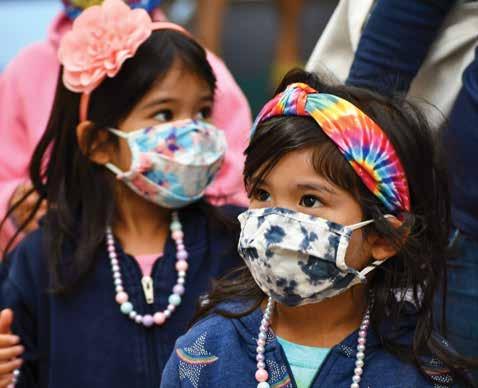
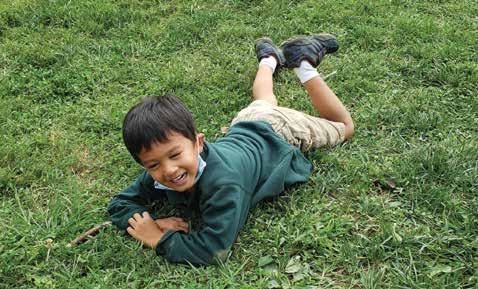
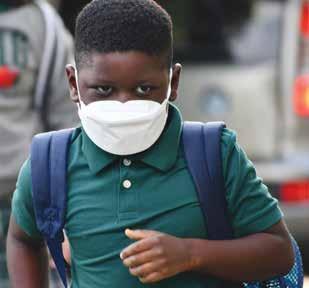
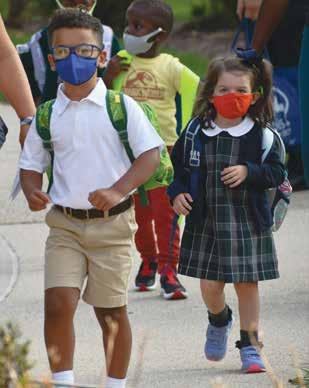
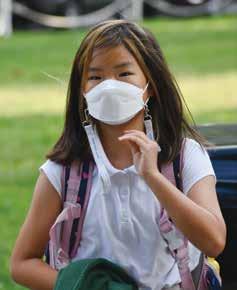
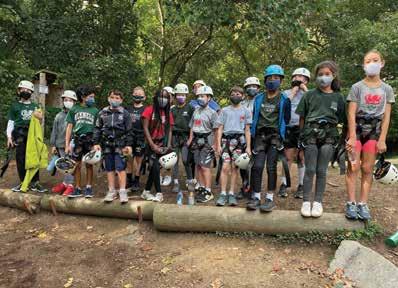
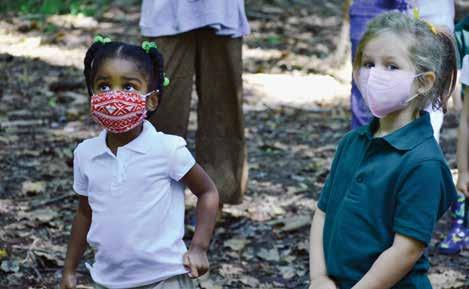
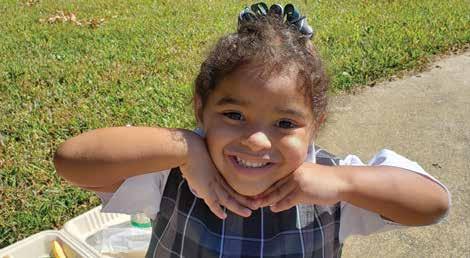
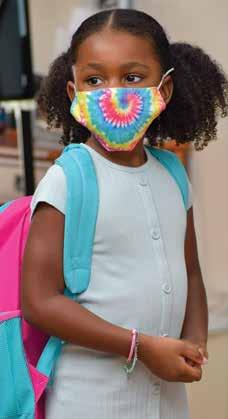

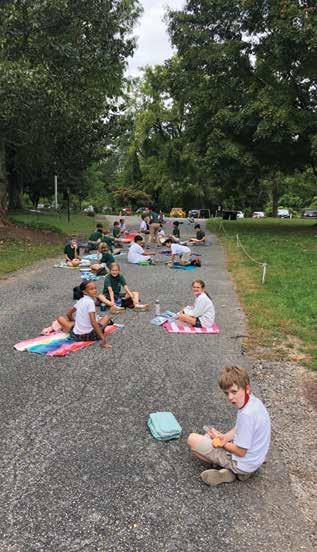
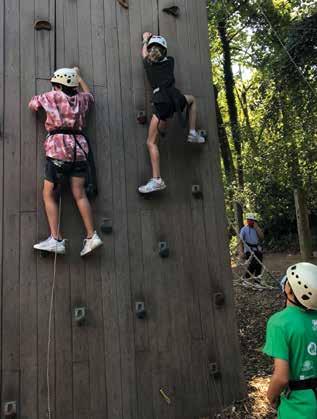
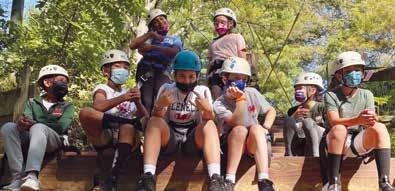
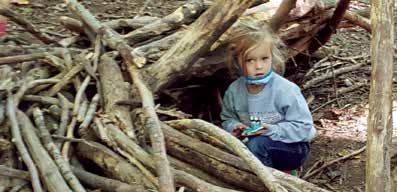
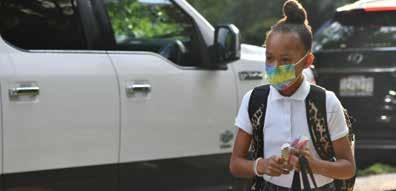
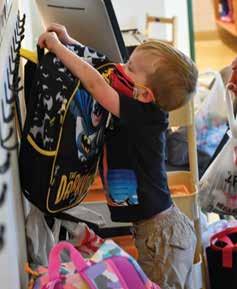
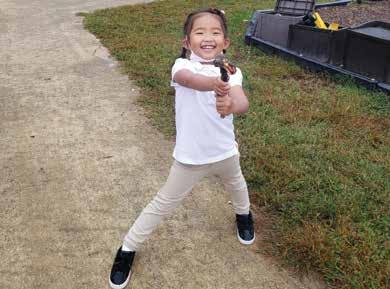
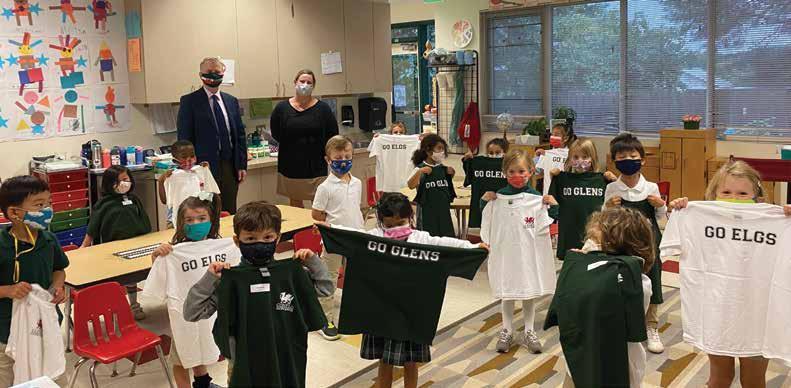
FACULTY SPOTLIGHT Kasey Miller
An experienced teacher brings the traditions of GCS home.
PLEASE GIVE US SOME BACKGROUND ON YOURSELF AND YOUR EXPERIENCE.
I come to GCS from Los Angeles, CA, with 17 years of teaching, curriculum design, and administrative experience in private, independent schools. I began my career at Turning Point School teaching Kindergarten–Grade 3. I also served as the admissions associate, participating in all aspects of the admissions process. During my time at Los Encinos School, I was a member of the K–2 teaching team and a reading specialist, providing additional support to students and educators to help solidify early reading skills. Additionally, I chaired committees at both schools as part of the NAIS reaccreditation process.
I am originally from Maryland and earned my undergraduate degree in communication from the University of Maryland. I have two master’s degrees—one in education and one in educational leadership and administration, both from Pepperdine University in Malibu, CA. During my MA program, I developed a training program for assistant teachers to support and mentor young professionals pursuing a career in education.
Here at GCS, I am currently working in academic support for the Lower School, so you can find me in the Primary Building and the Manor House.
WHY TEACHING?
I decided to embark on a career in education because there is no greater gift than igniting that spark and desire to learn in your students. I also love to laugh, and kids are entertaining. Some of the best laughs I have ever had come from students in my classroom.
WHAT BROUGHT YOU TO GCS?
Growing up in Maryland, I was familiar with the school’s excellent reputation in the private, independent school world. I am thrilled to be working here and have the opportunity to bring my boys, Hudson and Wyatt, to GCS as well. Go Glens!
WHAT IS ONE OF THE MOST REWARDING MOMENTS AS A TEACHER?
Having spent most of my career in kindergarten and first grade, I would say the most rewarding moment for me is when a child learns to read. Teaching them how to read allows them to seek, gather, and crave knowledge on their own, and that’s pretty powerful.
WHAT ADVICE DO YOU HAVE FOR STUDENTS LEARNING IN A PANDEMIC?
Learning is and should be a messy process. Learning during a pandemic is what I like to call a “beautiful disaster.” My advice to students is to embrace the beautiful disaster. Be flexible, reflect on the positives, and know that they can do hard things in life. We are all in this together and so fortunate to be back on campus learning and working in person!






